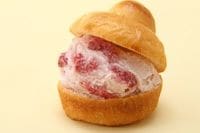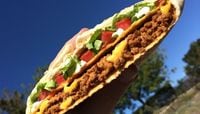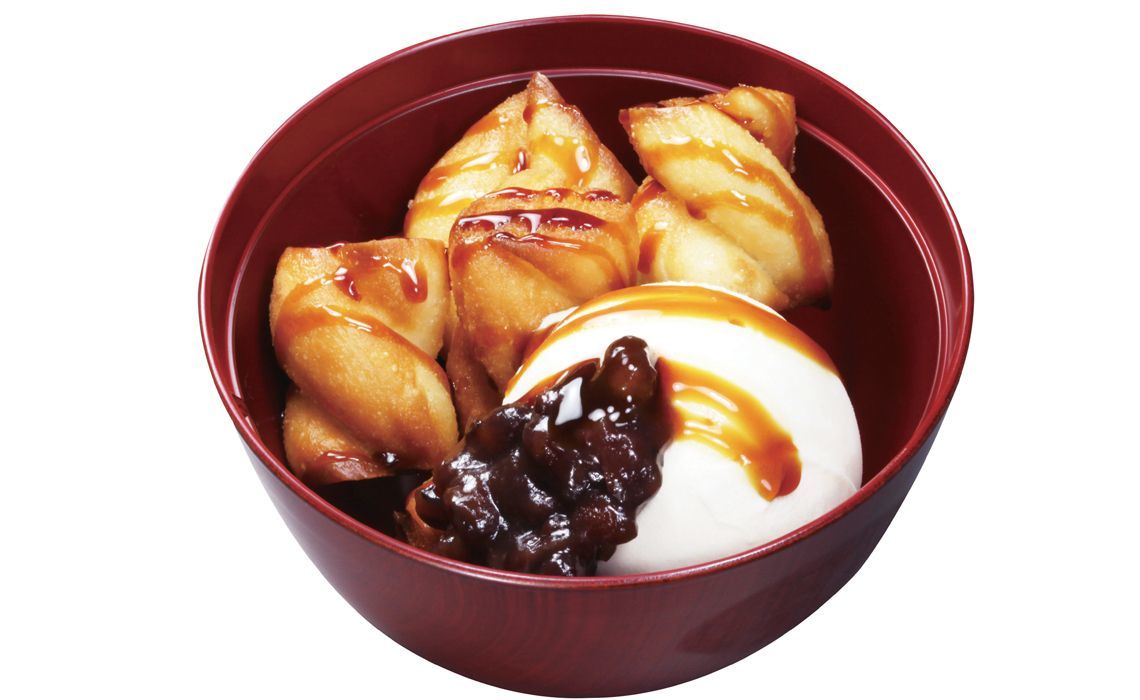
A hamburger or pork rib barbecue is not a typical topping you will think of when you go to a sushi restaurant. But those are just few examples of popular sushi toppings at Kura Sushi, a conveyor belt sushi chain in Japan.
Besides “traditional toppings” like tuna and shrimp, they claim to have a bunch of unique toppings like tonkatsu or deep fried pork, grilled pork with melted cheese on top, and corn salad. So far, their strategy of serving unusual toppings has been working out--it has attracted children and foreigners who want to try sushi but not raw fish, and the operator of Kura Sushi, Kura Corporation, has experienced growth in sales and profits for the last three years.
Now Kura Sushi is expanding its menu to something other than sushi. It calls these new additions as “side menus,” but the dishes are far from being “on the side.” One example of their side menu is ramen. Kura Sushi has eight kinds of ramen, each with different soup or toppings. It also offers desserts such as deep-fried soy doughnut and Italian tiramisu.
Would you like ramen on the side?
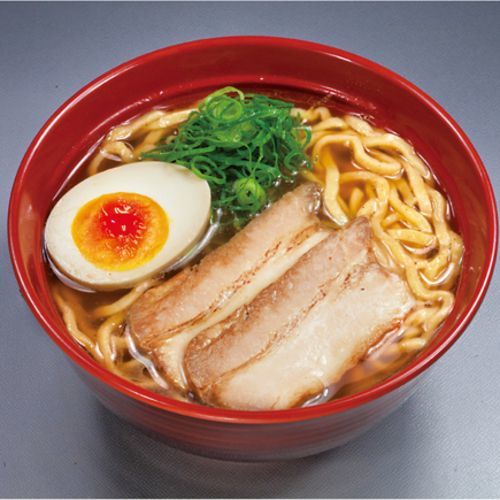
Compared to its sushi at 100 yen per plate, there are many side menu items with a high unit price, such as its ramen for 300 yen or more. Thanks to the expansion and the inclusion of the side menu, the average spend per customer showed a year-on-year increase in 26 successive months until January and has reached just over 1,000 yen.
Mr. Kunihiko Tanaka, founder and president of Kura Corporation, started the bunch of side menus, saying, “It’s great to have cheap and delicious foods, but people get tired of eating same things.”
Mr. Tanaka’s effort to entertain the customers goes beyond food. Just recently, Kura Sushi teamed up with some of the biggest toy makers in Japan like Takara Tomy to create Kura-exclusive diecast mini cars and conveyor belt sushi shop sets for Rika-chan, a Japanese version of Barbie.
The ultimate goal of Mr. Tanaka is to create a “sushi theme park.” But that is easier said than done. Since Kura Sushi introduced the side menus in October 2013, there have been twists and turns up to now.
Take ramen, for example. In 1998, a ramen restaurant was opened under the name Mutenka (which means additive-free) Ramen. Kura Sushi takes pride in not using any chemical seasoning, artificial sweeteners, coloring, or preservatives for their foods, and Mutenka Ramen followed suit. As a result, the taste of its ramen developed, and at that time, it was too subtle to be accepted. The company had the bitter experience of closing the store after just six months.
Through trial and error, a broth made from seven types of seafood was developed, and the challenge was taken on again in 2012. Their seafood-based broth allowed them to join the ramen boom in Japan, and no sooner was it released in November than it became a major hit.
A cup of coffee after sushi
Another item that failed once was coffee. About 10 years ago, they sold their own original brand in plastic bottles, but poor sales led to it being almost immediately suspended. The goal was changed to providing individual cups of real coffee made with beans freshly ground to order, and while at the time they didn’t have good coffee machines, it took a few years until they found the Swiss-made machines for brewing the coffee they wanted.
Subsequently, in order to dispel the concern that “coffee doesn’t go with sushi” or that “people wouldn’t like the smell of coffee,” repeated testing was carried out through advance sales at selected stores, and finally in 2013, sales began at all stores. Now this too is well received, with many customers saying, “It goes well with desserts” or “It’s refreshing after eating sushi.”
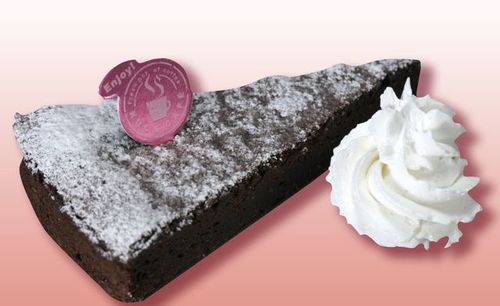
Kura Sushi develops about 1,000 menu items every year. Obviously, only a few of them go on sale, and most of the items don’t sell well. However, “by testing out many products, we build up know-how and the product pipeline,” says the company’s IR manager.
Evolving through products and services that keep customers from getting bored, they are working vigorously toward becoming a “sushi theme park."



